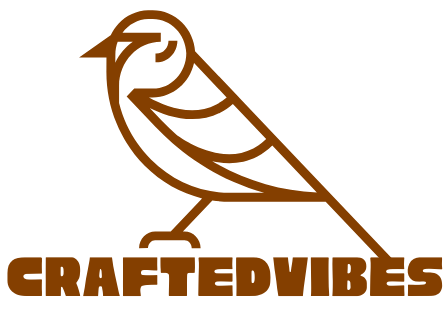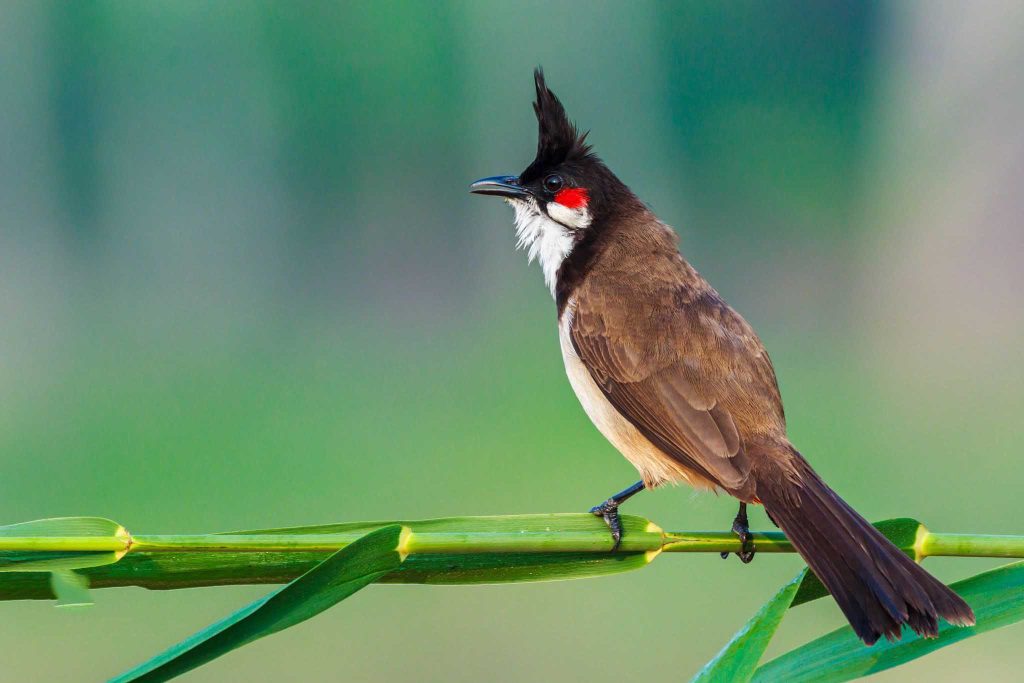News
Red-whiskered Bulbul.
The Red-whiskered Bulbul is a type of bird that feeds on fruits and small insects, primarily found in Asia, especially in Vietnam, Thailand, Indonesia, and several other countries. In Vietnam, these birds are quite popular and commonly kept as pets. This is because they are easy to care for, have beautiful plumage, and sing melodious songs. These birds sing almost all year round, even during the cold season, so owners can always enjoy their singing.
With the increasing popularity of keeping these birds, more people are becoming interested in raising them, making it important to stay updated on care techniques and skills to provide the best care for the birds.
Key Terms to Know When Raising These Birds:
- White Cheek, Fledgling: Refers to young birds that have just left the nest and are old enough to fly and forage. They have white cheeks and no red markings yet.
- Red Cheek: Refers to a bird that has developed the red cheek markings.
- Partial Red Cheek: Refers to a bird that has just started developing red cheeks but is still young, having been outside for nearly a season in the wild.
- Wild-Caught, Untamed: Refers to a bird that has fully grown feathers and red cheeks and has lived in the wild for at least one season before being caught. It hasn’t yet been trained to eat commercial bird food.
- Old Wild-Caught (Mature): Refers to birds that have lived in the wild for three seasons or more.
- Decoy Caught: Refers to a bird that has been caught using a decoy bird rather than by nets, sticky traps, or electrical traps.
- Tamed, Domesticated: Refers to a bird that has been tamed and trained by humans.
- Chatty Song: Refers to a bird that sings in a soft, muted tone, often as a practice run before it sings more loudly or as a behavior of older birds.
- Peak Condition: Refers to a bird in its prime, singing frequently and continuously throughout the day.
- Chirping, Warning Calls: Describes a sound made by the bird when it is in a state of high excitement, often during confrontations with other birds.
- Red Eyebrow, Fire Eyebrow: Refers to birds that have red markings above the eyes instead of the usual black.
- Feather Variants (White, Mottled): Describes birds that have white feathers growing in place of the usual black feathers, which may appear on the head, back, or other areas of the body.
- Albino, Gray: Refers to mutated birds that have completely white feathers (albino), often with pink beaks, feet, and eyes. Gray birds have gray feathers, and the beak and feet are typically gray as well.
- Short-Body, Long-Body: Describes two types of birds with distinct body proportions. “Short-Body” means five short features (short crest, beak, legs, body, and tail), while “Long-Body” means five long features (opposite of “Short-Body”).
- Regional Variants: Describes the regional origin of a bird, such as from An Lão, Sông Kôn, Cam Ly, or A Lưới. These areas are known for producing birds with excellent singing abilities.
- Scaly Plumage: Describes birds that have scales-like patterns on their feathers, similar to fish scales.
- Competition Bird: Refers to a bird that is brought to competitions, where it sings for two hours or more without rest.
- Shrimp Tail, Butterfly Wings: Describes specific behaviors of the bird: “Shrimp Tail” means the tail curls like a shrimp’s tail, and “Butterfly Wings” means the bird spreads its wings like a butterfly.
- Complex Singing, Vocalizations: Refers to a bird that sings with a series of 4 to 7 tones, such as “wiu wu wiu quýt wìu.”
- Behavioral Quirks: These terms describe specific behavioral quirks of the bird that owners become familiar with over time.
This list of terms provides a deeper understanding of the characteristics and behaviors of these birds. Each term helps bird owners describe the various stages of development, traits, and actions of the birds.

